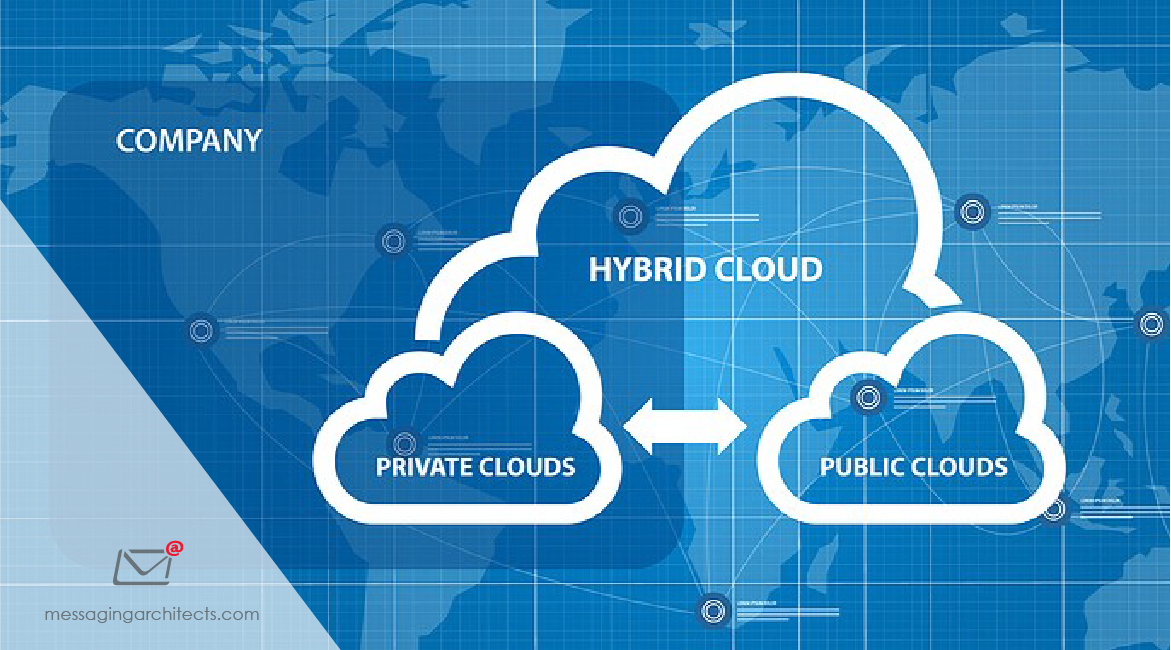The digital landscape constantly evolves, and for many businesses, that involves reimagining their data center. Cloud migration, the process of moving data and applications to a cloud computing environment, offers greater agility, scalability, and cost-efficiency. But how does cloud migration impact data center infrastructure?
Scaling On Demand
In addition to accessibility, scalability represents one of the main drivers for businesses migrating to the cloud. On-premises data centers can struggle to adapt to fluctuating workloads. On the other hand, the cloud delivers the ability to easily scale resources up or down on demand.
Need to handle a surge in website traffic, for example? Simply add more virtual machines. Facing a seasonal slowdown? Scale back your resources to avoid paying for unused capacity. This dynamic approach ensures that businesses only pay for the computing power they truly need.
Cost Efficiency
Cloud migration can lead to budget savings by reducing costs associated with maintenance of physical data centers. These include costs for hardware purchasing, electricity, and cooling. Additionally, operating in the cloud means that you only pay for the resources you use. And skilled employees can focus on business-critical tasks instead of data center maintenance.
 While cloud migration can lead to cost savings in hardware and maintenance, it also introduces a new cost structure. Instead of up-front capital costs, cloud services typically operate on a pay-as-you-go or subscription basis. Each model has advantages and disadvantages.
While cloud migration can lead to cost savings in hardware and maintenance, it also introduces a new cost structure. Instead of up-front capital costs, cloud services typically operate on a pay-as-you-go or subscription basis. Each model has advantages and disadvantages.
For instance, pay-as-you-go offers flexibility, the ability to scale effortlessly, and no long-term commitment. But it also creates budget uncertainty and can result in higher costs. Organizations need to monitor usage carefully to avoid unexpected charges.
On the other hand, the subscription model brings predictable costs and stability. Additionally, providers frequently offer volume discounts and may include better support. However, the subscription model can prove inflexible and lock customers into long-term contracts.
Security and Compliance Considerations
When migrating to the cloud, organizations need to carefully consider the implications to data security and regulatory compliance. Hackers increasingly target the cloud. At the same time, privacy legislation and industry standards, particularly in highly regulated industries, impose strict controls. Companies need to evaluate and adjust security practices accordingly.
For instance, encryption will play a critical role. Centralized identity and access management, as well as zero trust architecture and continuous threat monitoring, will also prove important. And security teams should update security policies to accommodate the new environment.
Choose Among a Spectrum of Options
When migrating to the cloud, organizations can choose among various options, each with different implications for cloud center infrastructure. These include a private cloud, a public cloud, and a hybrid cloud.

A private cloud involves a cloud environment dedicated to a single organization, owned and managed either by the organization, by a third-party provider, or both. This delivers greater data security and customization options. It also allows the organization more control over hardware and software choices.
However, a private cloud requires significant up-front investment in infrastructure, though it can potentially lower costs over time. It also may require the hiring or training of additional IT staff. And it does not offer the same dynamic scalability as a public cloud.
In a public cloud scenario, the organization rents computing, storage, and network services from a cloud provider such as Microsoft Azure, AWS, or Google Cloud Platform. The cloud provider manages the entire infrastructure. Thus, the organization gains vast resources and high scalability but has less control over the infrastructure and cyber security.
A hybrid cloud allows organizations to keep sensitive operations on premises or in a private cloud while leveraging the scalability and cost-efficiency of a public cloud for less sensitive workloads. This model offers a strategic mix of flexibility and control.
How Does Cloud Migration Impact Data Center Infrastructure? Weighing the Options
The right cloud structure for one organization may not meet the business needs of another. When determining your cloud strategy, look at your regulatory environment and consider both budget and resource implications. The cloud migration experts at Messaging Architects will provide essential guidance.






